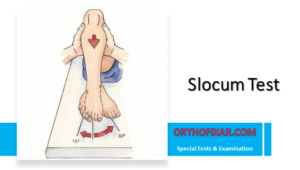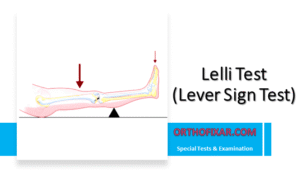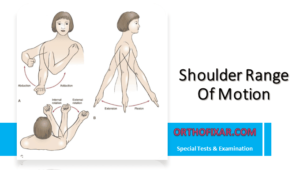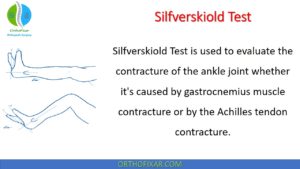Splenius Capitis Muscle Pain
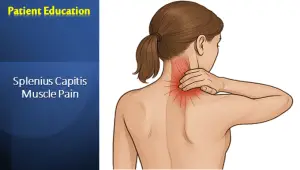
The splenius capitis muscle pain often feels like a deep ache or tension at the back of your head where it meets your neck.
The splenius capitis is a muscle located at the back and side of your neck. Think of it as one of the deeper muscles that helps support and move your head. It runs from the base of your skull down to your upper neck and spine. This muscle works like a guy-wire on a tent, helping to keep your head stable and allowing you to turn and tilt your head.
What Does Splenius Capitis Pain Feel Like?
The splenius capitis muscle pain often feels like a deep ache or tension at the back of your head where it meets your neck. Many patients describe it as a constant, dull headache that seems to start from the neck and spread upward.
You might also notice the pain gets worse when you try to turn your head to look over your shoulder, especially to the affected side. Some people feel stiffness in their neck, making it difficult to move their head normally. The pain can sometimes spread to your temple or behind your ear on the same side.

What Causes This Type of Pain?
Several factors can lead to splenius capitis muscle pain. Poor posture is one of the most common causes, especially in our modern world where many people spend hours looking down at phones or computers. When you hold your head in a forward position for long periods, this muscle has to work extra hard to support your head’s weight.
Sudden movements can also strain this muscle. This might happen if you quickly turn your head to look at something, sleep in an awkward position, or experience whiplash from a car accident. Stress and tension often make people unconsciously tighten their neck muscles, which can lead to pain over time.
Other causes of Splenius Capitis muscle pain include carrying heavy bags on one shoulder, holding a phone between your ear and shoulder, or any activity that requires you to hold your head in an unnatural position for extended periods.
See Also: Splenius Capitis Muscle Anatomy

How is The Splenius Capitis Pain Diagnosed?
Your doctor will typically start by asking about your symptoms and when they began. They’ll want to know what makes the pain better or worse and whether you’ve had any recent injuries or changes in your daily activities.
During the physical examination, your doctor will gently feel the muscles in your neck and check how well you can move your head in different directions. They might ask you to turn your head or tilt it while they observe your movement and note any areas of tenderness.
In most cases, imaging tests like X-rays or MRI scans aren’t necessary unless your doctor suspects a more serious underlying condition or if the pain doesn’t improve with initial treatment.
Splenius Capitis Muscle Pain Treatment Options
The good news is that splenius capitis muscle pain usually responds well to conservative treatment. Rest is often the first step, which means avoiding activities that worsen your pain while still maintaining gentle, normal movement of your neck.
Ice can be helpful in the first few days if there’s inflammation, applied for 15-20 minutes at a time. After the initial phase, heat therapy often provides more relief by helping to relax the tight muscle fibers.
Gentle stretching exercises can be very effective. Simple movements like slowly turning your head from side to side or gently tilting your ear toward your shoulder can help. However, these should be done carefully and stopped if they cause increased pain.
Over-the-counter pain medications like ibuprofen or acetaminophen can help manage pain and reduce inflammation. Always follow the package directions and consult with your doctor if you have questions about these medications.
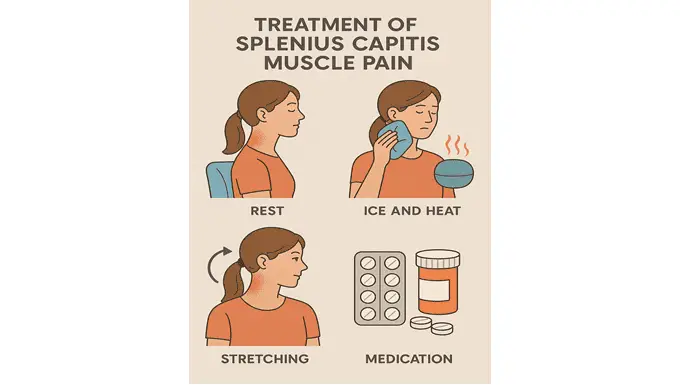
When to Seek Medical Care
While most cases of splenius capitis pain resolve with self-care, you should contact your healthcare provider if the pain is severe, persists for more than a few days without improvement, or is accompanied by other concerning symptoms.
Seek immediate medical attention if you experience severe headache unlike any you’ve had before, fever along with neck pain, numbness or tingling in your arms or hands, or if the pain followed a significant injury like a fall or car accident.
Prevention Strategies
Preventing future episodes often involves making simple changes to your daily habits. Pay attention to your posture, especially when using electronic devices. Try to keep your head in a neutral position rather than constantly looking down.
Take regular breaks if you work at a desk or computer. Every hour, take a moment to gently move your neck through its normal range of motion. Consider adjusting your workspace so your computer screen is at eye level.
When sleeping, use a pillow that supports the natural curve of your neck. Avoid sleeping on your stomach, as this requires you to turn your head to one side for the entire night.
Regular gentle exercise and stress management can also help keep your neck muscles healthy and less prone to tension and pain.
Living With Splenius Capitis Pain
Most people with splenius capitis muscle pain recover completely with appropriate care and lifestyle modifications. The key is to be patient with the healing process while staying active within your comfort limits.
Learning to recognize early signs of muscle tension and addressing them promptly can prevent more severe episodes. This might mean taking breaks more frequently, doing gentle stretches, or managing stress more effectively.
Remember that healing takes time, and it’s normal for improvement to happen gradually rather than all at once. With proper care and attention to prevention, most people can successfully manage this condition and return to their normal activities.
If you continue to experience problems despite following these recommendations, don’t hesitate to follow up with your healthcare provider for additional evaluation and treatment options.
References
- Lee TH, Lee JH, Lee YS, Kim MK, Kim SG. Changes in the activity of the muscles surrounding the neck according to the angles of movement of the neck in adults in their 20s. J Phys Ther Sci. 2015 Mar;27(3):973-5. doi: 10.1589/jpts.27.973. Epub 2015 Mar 31. PMID: 25931772; PMCID: PMC4395756. Pubmed
- Splenius Capitis – Physiopedia
- Lifetime product updates
- Install on one device
- Lifetime product support
- Lifetime product updates
- Install on one device
- Lifetime product support
- Lifetime product updates
- Install on one device
- Lifetime product support
- Lifetime product updates
- Install on one device
- Lifetime product support


